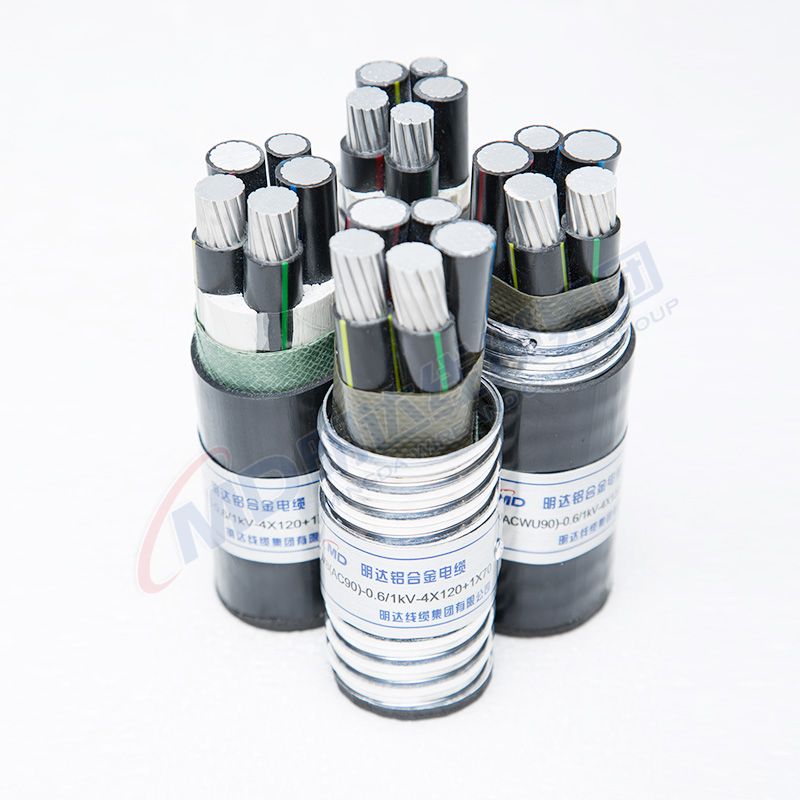12月 . 01, 2024 21:57 Back to list
rubber joint flange
Understanding Rubber Joint Flanges Applications and Benefits
Rubber joint flanges, also known as flexible rubber joints or elastomeric joints, are essential components in a variety of piping systems. They serve as flexible connections between two rigid systems, accommodating misalignment, absorbing vibrations, and reducing noise. This article explores the applications, benefits, and considerations of using rubber joint flanges in industrial settings.
What are Rubber Joint Flanges?
Rubber joint flanges are made from high-quality elastomer materials, typically reinforced with fabric or metal components for added strength and durability. They feature flanged ends, allowing for easy integration into existing piping systems. The flexibility of rubber allows these joints to accommodate thermal expansion, contraction, and slight misalignments between connected pipes, which are common in many industrial applications.
Applications of Rubber Joint Flanges
Rubber joint flanges are widely used in various industries due to their versatility and effectiveness. Some common applications include
1. Water and Wastewater Treatment In wastewater treatment plants, rubber joint flanges help manage the movement and pressure of water through pipes, ensuring the system operates smoothly without leakage.
2. HVAC Systems In heating, ventilation, and air conditioning systems, these joints minimize vibrations from pumps and fans, contributing to a quieter environment while maintaining system efficiency.
3. Chemical Processing Rubber joint flanges are used in the chemical industry to connect pipes carrying aggressive fluids, providing a secure, leak-proof seal that can withstand various chemical properties.
4. Mining and Mineral Processing In mining operations, rubber joint flanges are utilized in slurry and material transfer systems, effectively absorbing shocks and vibrations caused by heavy machinery.
5. Food and Beverage Industry These joints are also found in food processing applications, where they help maintain sanitary conditions and prevent contamination.
Benefits of Rubber Joint Flanges
The use of rubber joint flanges comes with numerous advantages
rubber joint flange

1. Flexibility Their inherent flexibility allows for adjustments to misaligned pipes, reducing the stress on both joints and connected components.
2. Vibration and Noise Reduction Rubber has excellent damping properties, which means it can significantly reduce vibrations and noise transmission through the piping system.
3. Corrosion Resistance Rubber joint flanges are designed to resist corrosion, making them suitable for applications involving chemicals and harsh environments.
4. Easy Installation The flanged design ensures that these joints can be quickly and easily installed or replaced, minimizing downtime during maintenance.
5. Cost-Effective Solution The durability and longevity of rubber joint flanges can lead to lower maintenance costs over time, providing a cost-effective solution for various applications.
Considerations When Choosing Rubber Joint Flanges
When selecting rubber joint flanges for the intended application, there are several considerations to keep in mind
1. Material Compatibility It is crucial to select rubber materials that are compatible with the fluids being transported. Certain chemicals can degrade rubber, leading to failure and potential leaks.
2. Pressure and Temperature Ratings Ensure that the chosen rubber joint flanges can withstand the specific pressure and temperature conditions of your system.
3. Size and Dimensions Select the appropriate size and dimensions for the flanges to ensure a proper fit within the existing piping system.
4. Installation Requirements Consider installation space and ease of access when planning for the integration of rubber joint flanges. Proper installation is critical to ensure optimal performance and longevity.
Conclusion
Rubber joint flanges play a vital role in enhancing the efficiency and reliability of various piping systems across multiple industries. Their flexibility, ability to absorb vibrations, and corrosion resistance make them a popular choice for engineers and maintenance professionals. By considering the specific requirements of each application, users can effectively utilize rubber joint flanges to improve system performance while ensuring safety and compliance with industry standards. Whether in wastewater treatment, HVAC systems, or food processing, rubber joint flanges continue to be an invaluable component in modern engineering solutions.
Share
-
Reliable Wafer Type Butterfly Valves for Every IndustryNewsJul.25,2025
-
Reliable Flow Control Begins with the Right Ball Check ValveNewsJul.25,2025
-
Precision Flow Control Starts with Quality ValvesNewsJul.25,2025
-
Industrial Flow Control ReliabilityNewsJul.25,2025
-
Engineered for Efficiency Gate Valves That Power Industrial PerformanceNewsJul.25,2025
-
Empowering Infrastructure Through Quality ManufacturingNewsJul.25,2025